What Are The 6 Types Of Kitchen Layouts
The kitchen is a very important part of every home. Aside from its function, the modern kitchen has evolved from being a space to prepare food to a social space where family or friends commune while preparing food. As such, it is imperative to have a kitchen layout to suit your needs.
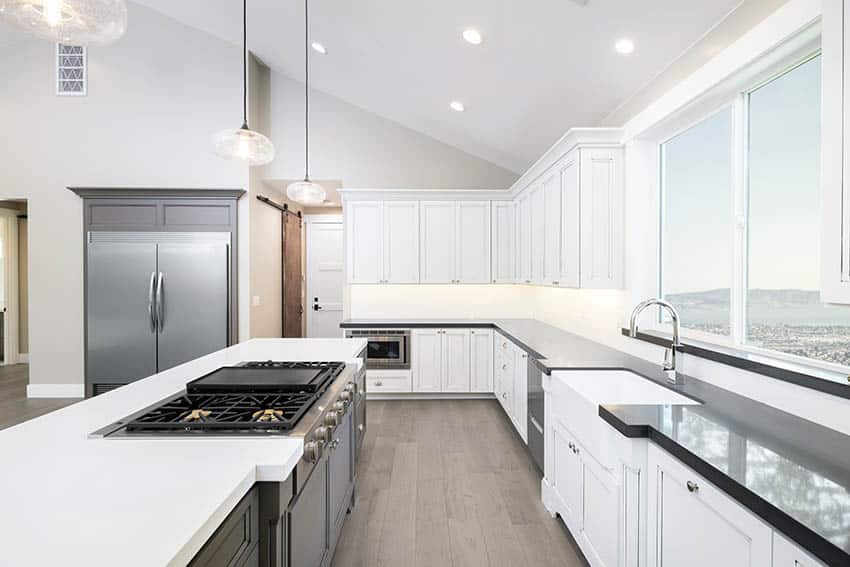
Open-plan layouts were specially designed so you can prepare food while entertaining family or guests. A good kitchen design will take into consideration different factors before coming up with any design decisions.
A couple of important questions you might have to ask your client or yourself before you remodel the kitchen are:
- How much space do I have, and where is it located?
- What type of kitchen layouts do you prefer? Which one fits best in your floor area?
- How many family members are there in the household?
- What appliances do you need, and what are their sizes?
- How much cold storage and pantry storage do I need?
These questions can provide helpful information to guide you in designing your kitchen. You also need to consider the “working triangle” or the “kitchen triangle,” a tool used since the 20th century to design kitchens. The principle of the working triangle states that the three main areas of the kitchen—the sink, the fridge, and the stove—should form a triangle.
According to this design principle, the distance between each of these areas should be between 4 feet to 9 feet, and the total length/distance to each area should be a minimum of 13 feet to a maximum of 26 feet in total.
Following this principle will help guide you in designing the floor plan and ensure its efficiency. However, there are limitations to this because real estate prices have gone up, and some kitchens are really small and compact and may not be able to follow these rules at all. If you have more flexibility in space, however, the working triangle is definitely an easy and helpful tool that you can use.
So, what are the 6 types of kitchen layouts? Here’s an illustration to provide a visual guide:
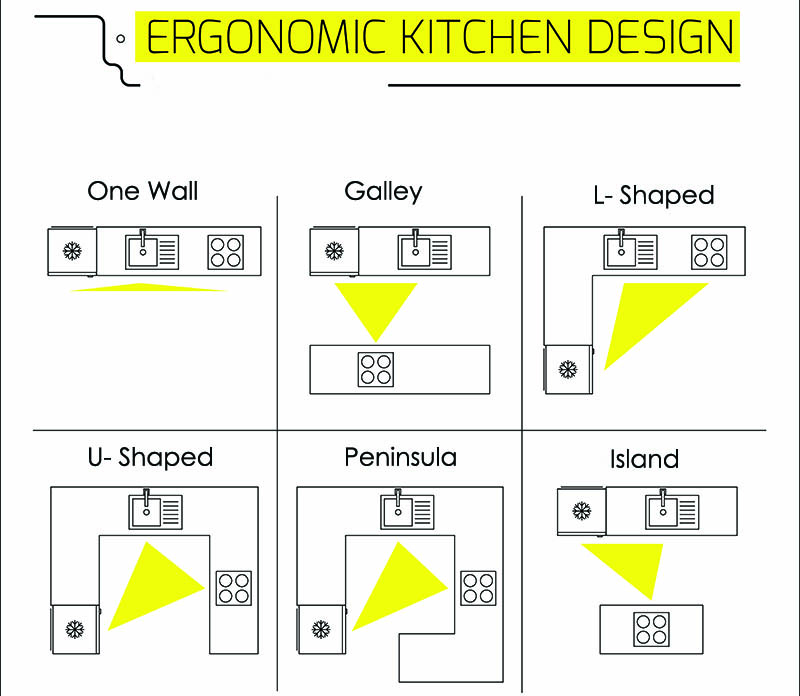
No matter what type of kitchen layout you have at home, the working triangle will definitely help guide you in designing.
These are the most common layouts:
- One Wall – these are common in smaller spaces like apartments or small townhouses. The floor plan is literally against one wall in one straight line.
- Galley – these are usually small areas located in narrow rooms. The counters would be against two walls parallel to each other
- L-Shape – this is a common layout in both traditional and modern kitchens. The countertops form an L-shape and are placed against walls perpendicular to each other.
- U-Shape – the counters form a U-shape, occupying 3 walls perpendicular to each other.
- Peninsula – this type of layout is common in open-plan spaces. Three sides of the countertops are against the wall, and one counter extends perpendicularly, in which the additional counter acts as a space divider or a counter dining/bar area.
- Island Kitchen – if any of the above layouts add a kitchen island to the design (it should be detached from any walls), it can then be considered an island.
One Wall Kitchens
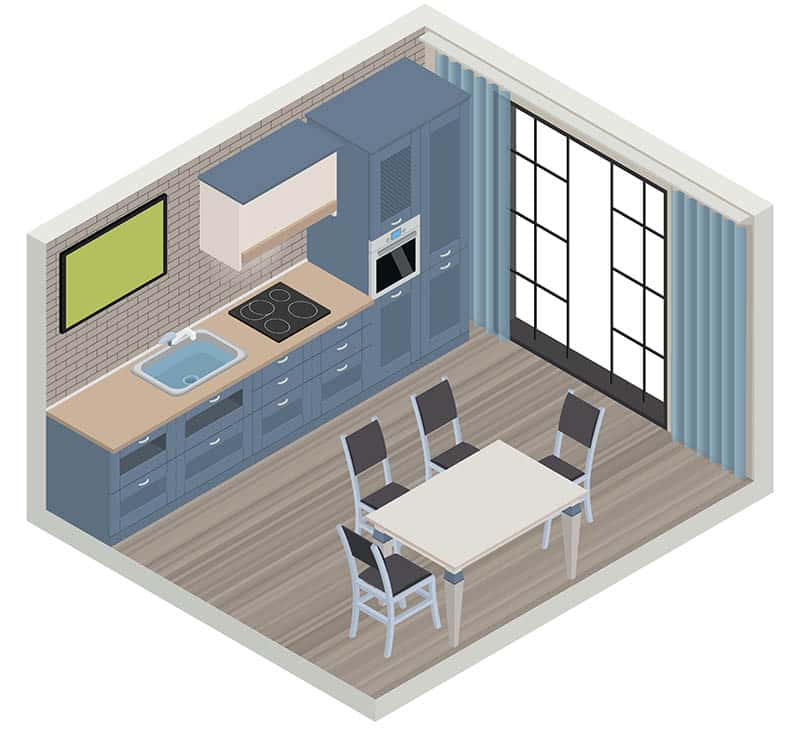
The common problem of one-wall kitchens would be the bottleneck, especially when there’s not enough counter space.
Ensure ample space between the sink, range, and fridge to avoid this. If your counter space is very limited, consider using a compact-sized sink and range to compensate for the lack of space.
Galley Kitchens
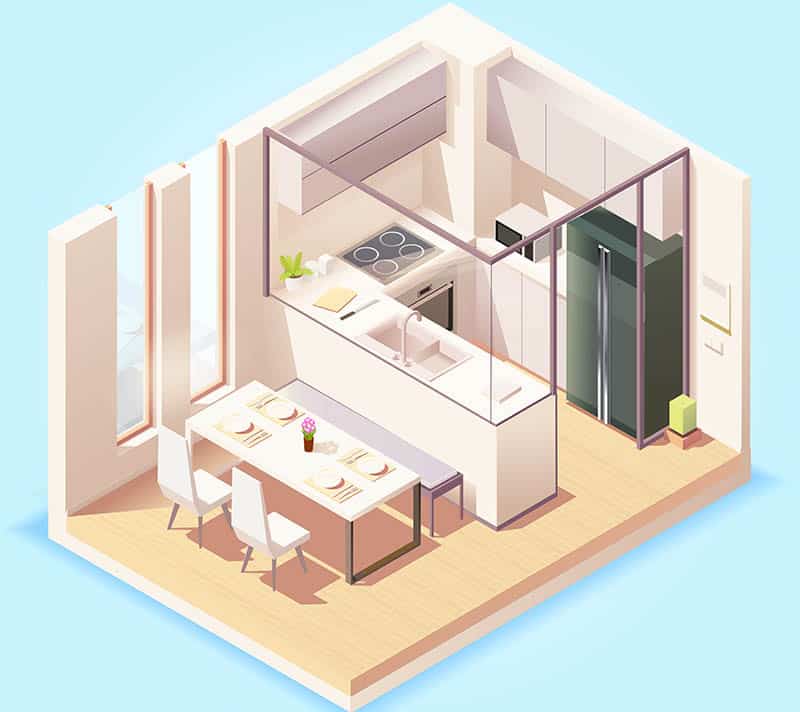
The challenge for galley kitchen designs is the narrowness of the space. When designing your drawers and cabinets, make sure there is enough space left when you swing out the doors or pull-out the drawers.
The minimum space between countertops should be 3 feet, but 4 to 5 feet is the most recommended distance as it allows better traffic flow.
L-shape Kitchens
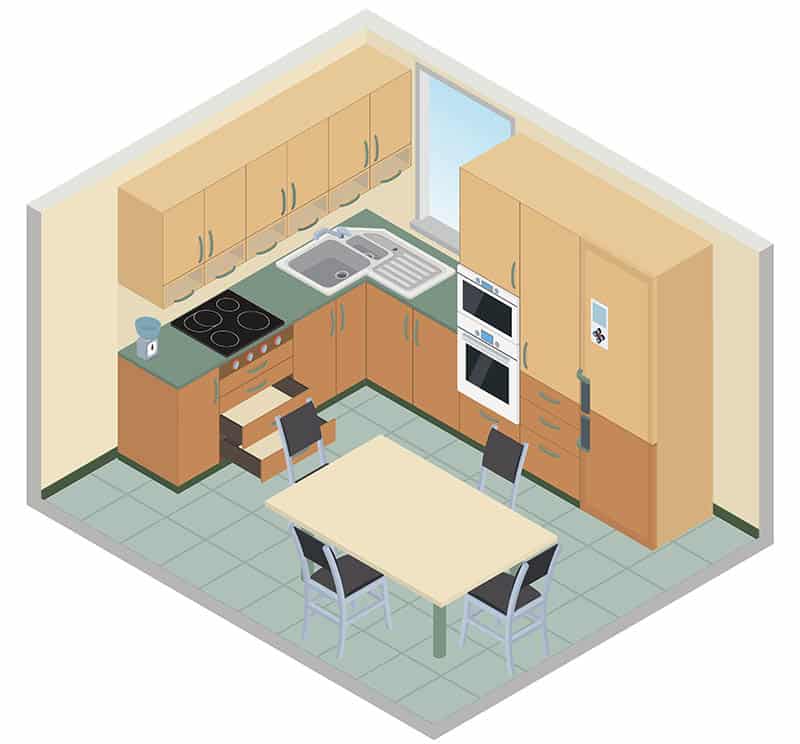
L-shape is the most common type of kitchen layout, especially in open-plan layouts, as it doesn’t occupy too much space and allows for easier planning, giving you more space and flexibility.
In L-shape kitchen designs, you also need to take special care in planning for your door swings and drawers so as to not obstruct movement. Corner cabinets are usually tricky, and one trick to maximize the space under the corner counter is to install a storage carousel.
We recommend using door hinges that have at least a 160-degrees opening angle for the cabinets at the corner to access the carousel easily.
U-shape Kitchens
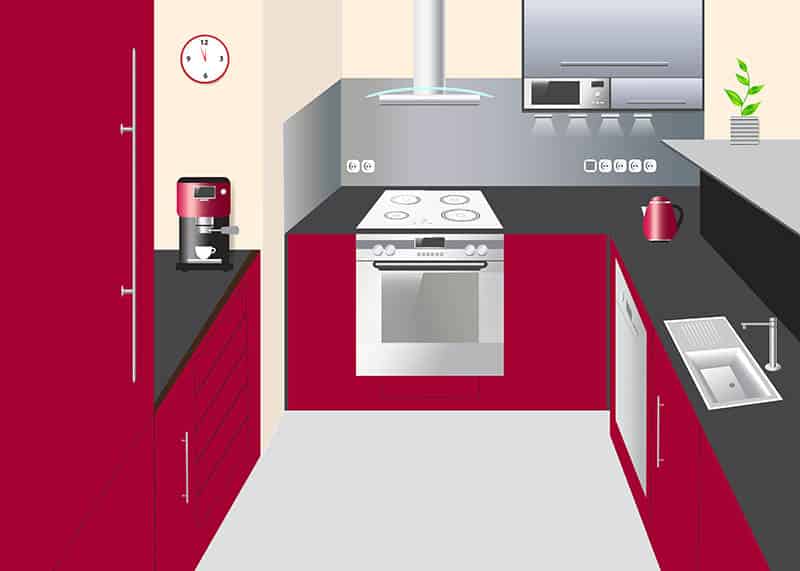
U-shape kitchens have the advantage of having 3 counter spaces you can play around with. In some cases, the room’s floor area is big, so having one of each of the sink, range, and fridge on each wall will not create an efficient work triangle.
In those cases, try to put two areas on one counter – the sink and the range, for example – or you can also dedicate one whole wall as a storage/pantry wall if you need more food storage space.
In smaller U-shaped kitchens, however, having one area on each side of the counter is doable. Ensure that you have at least 3 feet of clearance between two countertops as well.
Peninsula Kitchens
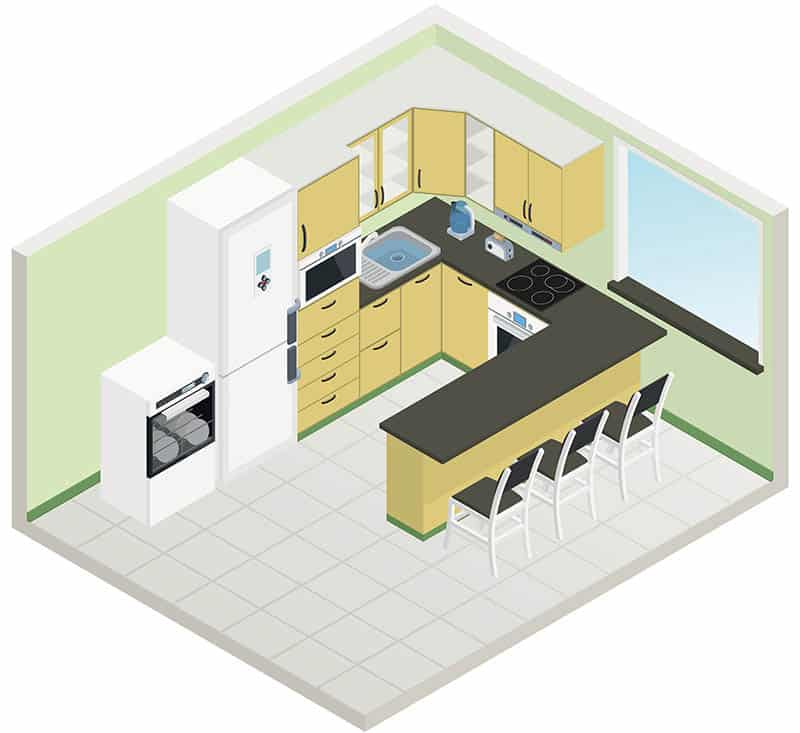
The additional counter space in Peninsula kitchens makes it easier to plan the design. The peninsula area is often used as a bussing area, a snack area, a breakfast area, etc. If you like entertaining guests while cooking food, placing the range on the peninsula is a good idea.
Sinks are sometimes placed in the peninsula, but you can keep it open and empty if you want to maximize the peninsula’s counter space for food preparation and dining.
Kitchen Island Layout
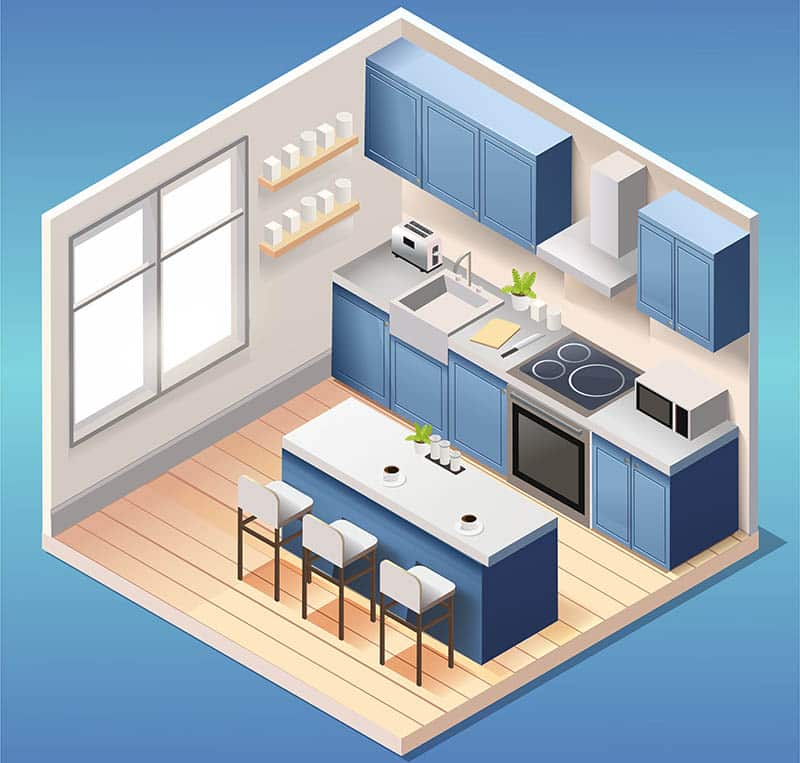
For one-wall kitchens, adding an island is a great way to add more counter space. The island can be used as a space divider, a counter or bar area, and more.
Like the peninsula, you can place your range or sink in the island. If your kitchen island is freestanding, however, it will mostly be used as additional prep space or a breakfast counter.
What is your favorite type of layout for kitchens? Let us know in the comments below.

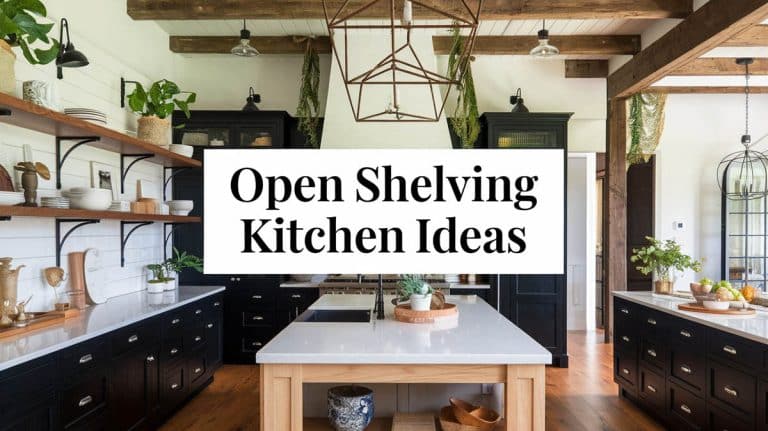
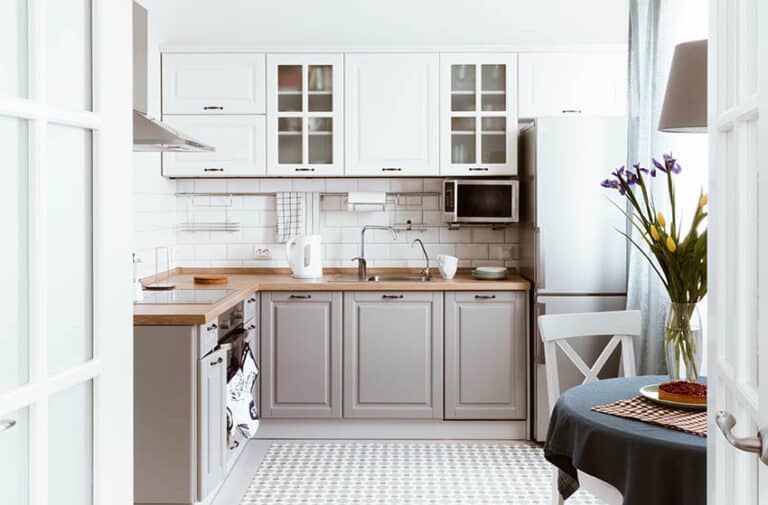
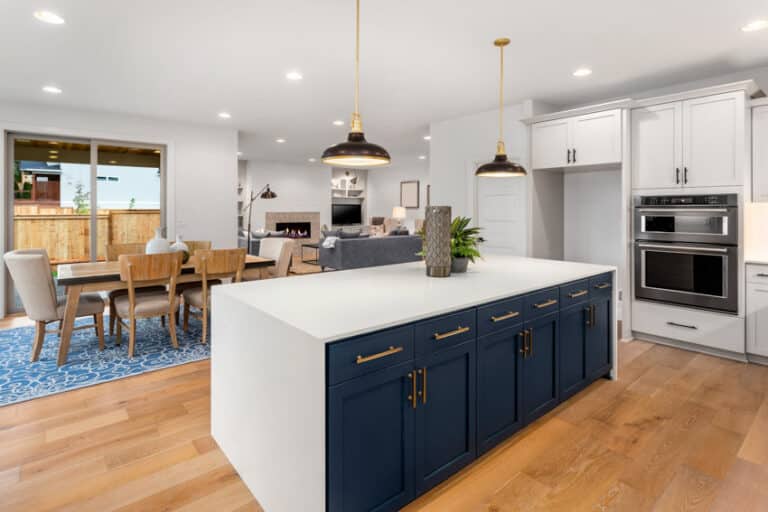
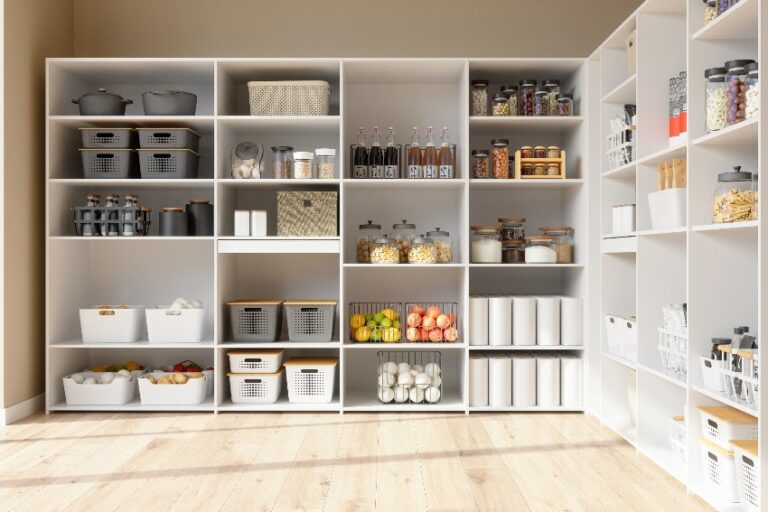
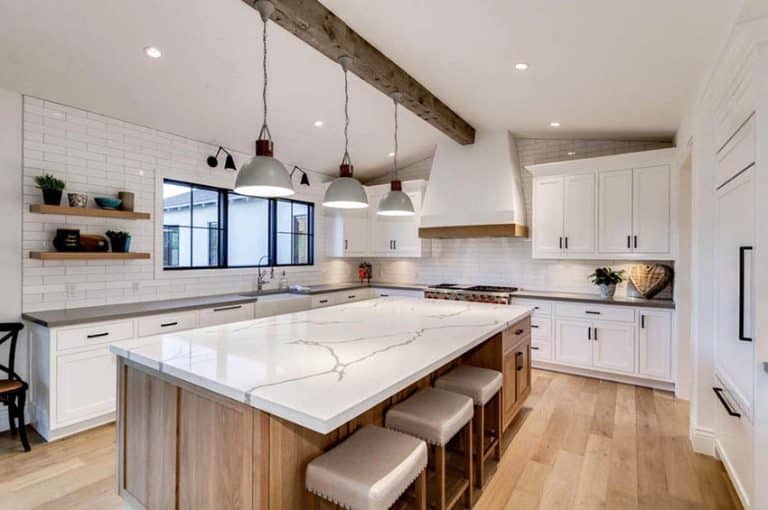
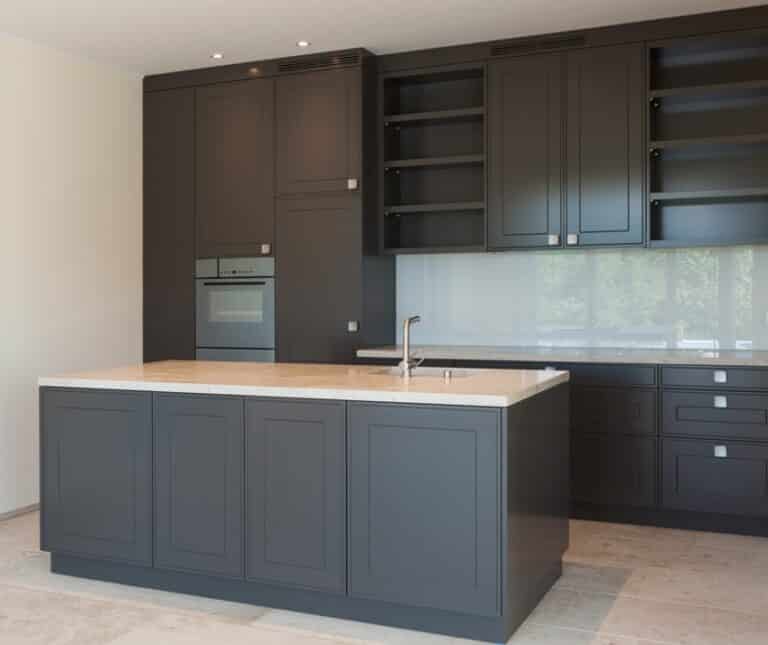
I have a large kitchen and want to put in an island, right now I’m using a portable island cart. This helps but I’d really like an island so I can have my stovetop facing out.